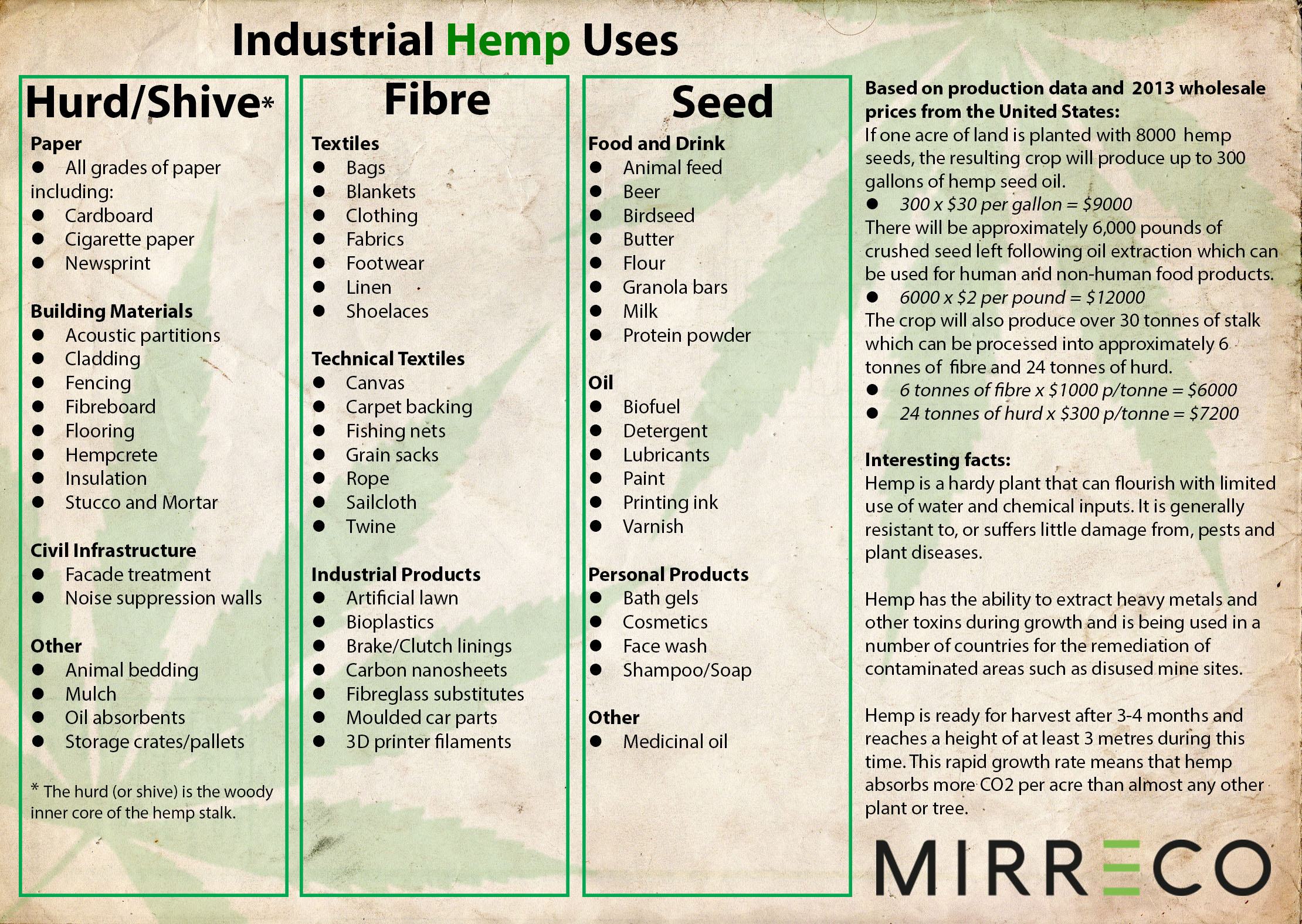Richard Evans is on a mission to save the world with hemp.
“Our generation has been tasked with one of the greatest challenges of the 21st century, namely reducing global carbon emissions,” he says.
“I feel my destiny is to contribute to solving this in a big way—on the global stage—and leave a positive impact that will help many, far and wide.”
In 2018, Richard founded WA-based company Mirreco, which is focused on mainstreaming the use of hemp to address a growing environmental crisis.

Innovative processing
Richard says hemp is “renewable, sustainable and clean” and can be used to “create foods, proteins, fibres and medicines”.
If that wasn’t enough, Richard also says the plant would be useful for decontaminating soil, storing carbon and could even be a contender to replace the oil industry.
The diverse potential of hemp is why Mirreco created its specialised machine—a world-first invention capable of processing hemp in a new way.
“I realised a few years ago that the bottleneck in the global hemp industry is processing,” says Richard.
“We’ve developed advanced, mobile processing technology that can transform the hemp plant into abundant resources.”
The machine allows for processing at farms, with rapid conversion into numerous materials that can be used for many purposes.
It can produce building materials alongside products such as paper, plastic, furniture and cars.
When it’s not being used to process hemp, it can even be used to recycle plastic.

Does hemp get you high?
While hemp and marijuana are technically the same plant—cannabis—the key difference is their levels of tetrahydrocannabinol (THC).
Hemp has less than 0.3% THC, whereas marijuana contains between 5% and 20% THC.
Since 2017, it’s been legal to sell hemp as a food in Australia.
Much like how poppy seeds from the opium poppy won’t get you high, neither will hemp.
This is a critical distinction when considering growing hemp at commercial scale in countries like Australia where marijuana is illegal.

A greener future
After a decade of work, Mirreco plans to commercialise its machine this year, but it’s not the only hemp-based project in its sights.
The company is developing the world’s first Lumecast prototype house, which uses hemp combined with a range of other sustainable technologies.
It’s also working to commercialise ‘structural hemp’, which can be used as alternative building materials to concrete and steel.
Mirreco also plans to launch an initiative for carbon storage called CAST (Carbon Asset Storage Technology).









